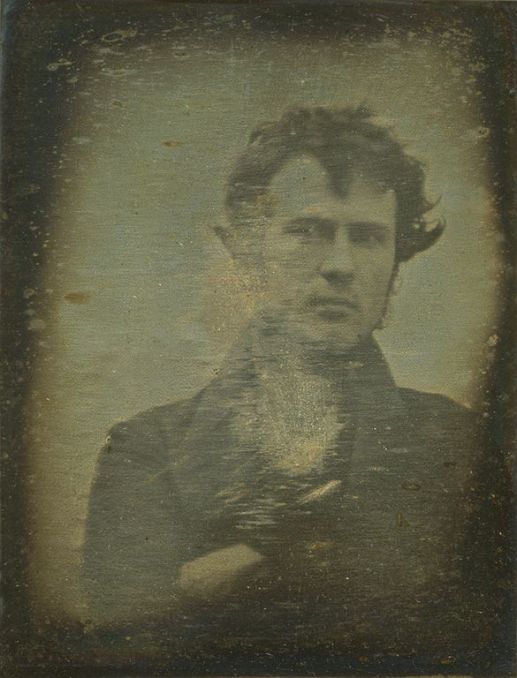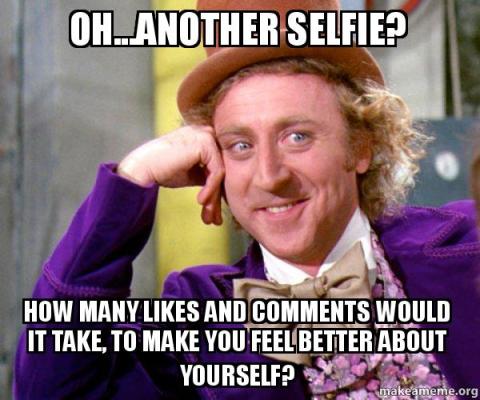It just became even easier to take selfies at inappropriate times. LINE is set to launch a new app just for selfies. Its key feature? It doesn’t make a shutter sound, so no one will notice when you’re surreptitiously snapping a closeup of yourself.
The messaging company’s latest app, called B612, only uses the front-facing camera on your phone and “makes the process easier” by allowing you to capture your photo by touching anywhere on the screen — in case you struggled with perfectly capturing your duck face before.
The app also offers 43 photo filters, which might be bad news for fans of the iconic hit #SELFIE who were already struggling to choose one filter from the more limited Instagram choices.
LINE says the new app is all about self-expression. But seriously, can’t we all just get over ourselfies yet? I don’t see my friends’ selfies — lately bragging about vacation destinations, usually complaining about midterms — as creative outlets.
I have to admit I’m guilty of taking too many selfies. In 2007, the coolest feature on my first cell phone was a small camera that flipped so it would face you.
Fast forward to today and selfies are viral and constantly shared. At first I loved the trend, as more and more friends added me on Snapchat, and we exchanged embarrassing selfies that would never make it on the same timeline as our meticulously chosen profile pictures.
But the novelty wore off quickly. Instead of just texting, friends started to try to have entire conversations via selfies, pausing in the middle of public places to make inquisitive faces at their phones rather than just texting the word “why.”
It started to feel narcissistic. Why do we think all of our hundreds or thousands of followers and “friends” care to constantly see portraits of ourselves from an arm’s length away?
Lately I’m feeling alone in my selfie fatigue. Instagram and Snapchat are the second and third most popular social network platforms among millennials.
In addition to LINE’s B612, Facebook rolled out its own impermanent messaging app Slingshot earlier this summer, which has been slow to take off, but allows for the same type of disappearing selfies I’ve come to expect every time I open Snapchat. Although it hasn’t yet launched in the U.S., Instagram’s new Bolt app will provide yet another platform for ephemeral photo messaging. With imjoi, your selfies can replace the generic emjoi you send to your friends. Beyond apps, Microsoft is even reportedly launching a Windows phone specifically built for taking selfies.
When I spoke with LINE’s John Park and San Beak, I asked them what they thought of critics who say taking a selfie is a conceited or vain act.
“Life is always better if you’re having some fun,” Park said. “This is a good way to not only capture a cool moment in your life but also share it with people, and that is something that we have no problem being a part of.”
And I agree with Park. There is a time and a place for selfies when people might care, like if you find yourself at Lollapalooza with Malia Obama or you’re Ellen Degeneres and hosting the Oscars.
But my concern with selfie products like B612 is that easy sharing too frequently equals over sharing.
People have been taking selfies since they could take pictures. After all, the first photographic portrait by Robert Cornelius in 1839 was technically a selfie.

Robert Cornelius – the first photographic portrait image of a human ever produced. (Source: Wikimedia Commons)
But until a few years ago, it was much harder to pester dozens of people to meet you at happy hour with a picture of yourself holding a cocktail. It wasn’t so easy to inform your hundreds of Instagram followers that you had just finished your workout with a sweaty selfie.
Maybe that process doesn’t need to be made any easier.
